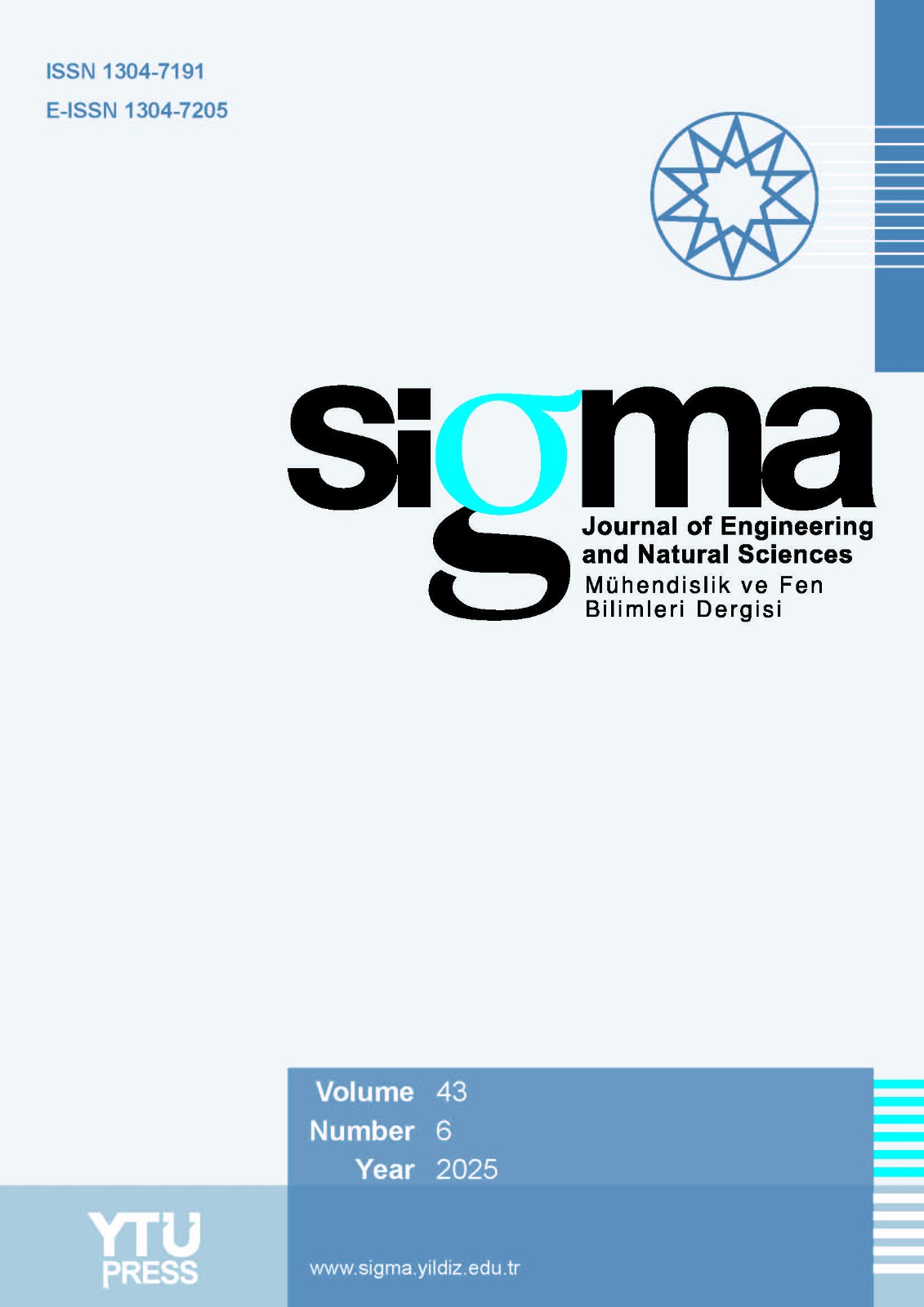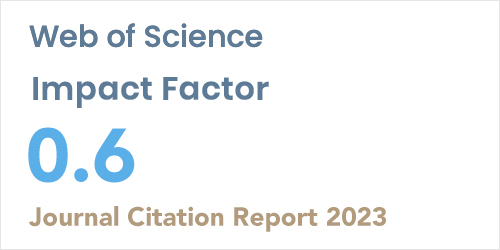Abstract
The research delves into the theoretical framework of tandem queues, elucidating their potential in optimizing resource allocation, minimizing wait times, and improving overall operational efficiency. The integration of strategic vacations aims to balance the workload, allowing logis-tics and resource management teams to rejuvenate during non-peak periods, ensuring height-ened focus and attentiveness during critical phases. Furthermore, the study explores the impact on employee well-being, recognizing the importance of workforce satisfaction in sustaining high-quality service. The objective is to enhance the quality of service provided to customers or stakeholders within the system. This could involve reducing waiting times, ensuring timely de-livery of goods or services, and maintaining consistent service levels even during periods of peak demand or resource constraints. The novelty is that optimizing warehouse operations is crucial for efficient logistics. Implementing two-stage tandem queues can help manage incoming and outgoing goods more effectively. By strategically allocating resources and employing single vacation techniques, warehouses can reduce congestion, minimize storage costs, and improve order fulfillment speed method dynamically adjusts resource utilization and server downtime to adapt to changing demand patterns, resulting in enhanced operational resilience and cost-effectiveness. The findings presented in the paper have broad applications across various industries and sectors, especially logistics and resource management, providing valuable insights and guidance for optimizing system performance, enhancing efficiency, and improving customer satisfaction and service quality. In this paper, we derive steady-state probability, Mean number of customers, and waiting time by using the Birth-death process.














